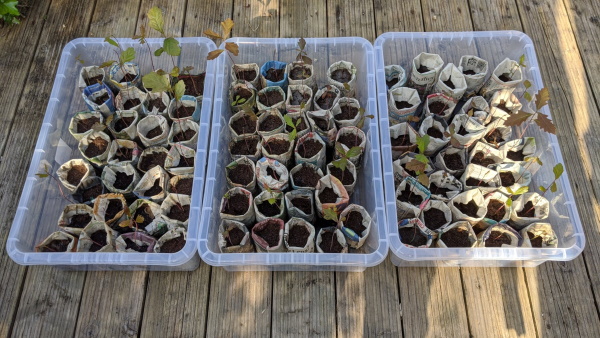Sustainability The below represents the main pillars of the sustainability framework that we're working to and can be judged against. We are happy to share how these pillars relate both to each other and our business aim and how they are influencing our products and services. Contact Us
UN Sustainability Development Goals (SDGs)
The UN SDGs are a set of 17 blueprint goals to put the planet back on track and meet the needs of all populations. The Goals are the governing feature of our responsibility framework - each having a number of Targets and Indicators which we've used to create our own in-house KPIs (Key Performance Indicators). SDG 12 is the Goal most in-line with manufacturing activities and involves the stewardship of resources. The other goals that make their way into our KPIs are 3,5,8,9,11 and 13. The Circular Economy Keeping products and materials in use rather than disposal (or even recycling) is one of the 3 principles of the Circular Economy and fits snugly with SDG 12 above. We have pitched ourselves entirely at this Extended Life business model. Consequently, our Shed ONE motorcycle features:
Another of the 3 principles concerns the regeneration of natural systems. We are confronting this via our own extra-curricular oak tree planting scheme. Shown is our first batch of home-sewn newspaper plant potted acorns. We acknowledge that tree growing and planting has a limited but important role to play. B Impact Assessment - a pre-cursor to full B Corp membership A digital tool that can help measure, manage, and improve positive impact performance for environment, communities, customers, suppliers, employees, and shareholders; receiving a minimum verified score of 80 points on the assessment is also the first step towards B Corp Certification. We are adopting this way of working at an early stage in our journey. ESG Reporting This non-financial reporting based on Environmental, Social and Governance factors allows investors (individuals and investment organisations) to make sustainable investment choices. It also holds companies to account in meeting major directives such as Net Zero. This structured reporting can be thought of as the progress being made on the SDGs and corresponding KPIs above. Net Zero and Green House Gas Emissions We are committed to being a Net Zero company concentrating on de-carbonisation over and above carbon offsetting. We will tackle two types of carbon foot-printing i.e. organisational and product life cycle. 1. Organisational Carbon Footprint There are two primary reasons to calculate our organisational carbon footprint:
An organisational carbon footprint measures the direct and indirect GHG emissions arising from all the activities across an organisation. The Greenhouse Gas Protocol is a widely used standard that sets out how to account for GHG emissions. It categorises emissions into three ‘Scopes’ Scope 1: Direct emissions that result from activities within Shed’s control. This will include on-site energy use, manufacturing and process emissions and vehicle usage Scope 2: Indirect emissions from any electricity and gas use. Although you’re not directly in control of the emissions, by using the energy you are indirectly responsible for the release of CO2. Scope 3: Other indirect emissions from sources outside Shed’s direct control. Examples of Scope 3 emissions include purchased goods and services, use of sold goods, employee commuting and business travel, outsourced transportation, waste disposal and water consumption. Practically, we have started (June 2022) monitoring Scopes 1 and 2 using the freely downloadable Clear.eco spreadsheet tool. https://clear.eco/business-carbon-footprint-2021/
2. Product carbon footprint A product carbon footprint is a measure of the greenhouse gas emissions across the life of a particular product throughout its life cycle. This is key for Shed to verify that our Extended Life Circular Economy practices have a positive environmental effect that we can have verified and communicate to our customers. A product carbon footprint is the total sum of greenhouse gas emissions (CO2e) produced throughout a product’s life cycle, including production, re-manufacturing , upgrades, repairs, servicing, distribution and use. It includes emissions of suppliers, customers and distributors related to the manufacture and use of the product. It also covers emissions created by disposing of any waste and the impact of recycling. This is a huge undertaking for a small company but the benefits are many fold. The three main reasons to calculate the carbon footprint of our products are to:
|
|

